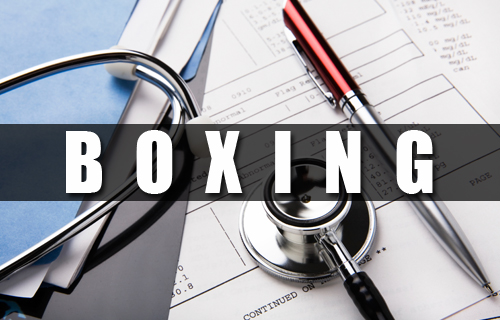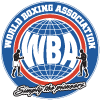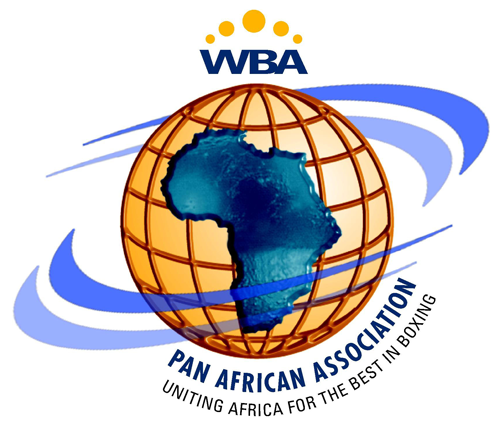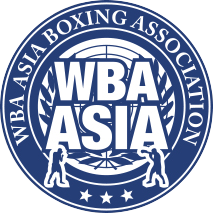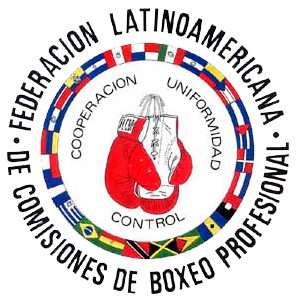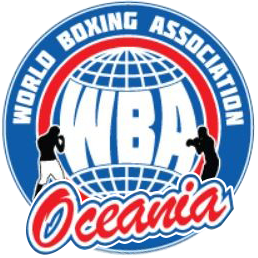Dr Joseph Estwanik M.D.
Orthopedic Surgeon
Ringside Physician
May 2012
As ringside physicians, the safety of the athlete is our overwhelming objective. We need to be sure that things go right, but we also must be sure that things do NOT go wrong. The rules, laws and conditions of each country and state may vary. Our professional and basic duty to protect the athlete is universal.
I personally reviewed 19 fatal or catastrophic boxing/martial arts injuries and served as an expert medical witness in three legal proceedings. Important points must be highlighted from these case evaluations. In some of these cases there was no oxygen at ringside. A significant delay in the administration of oxygen represents a serious FAULT.
The failure to properly transport (or failure to arrange for rapid, efficient transport of an injured athlete to an appropriate medical facility) is also a significant matter. Timely medical care is a must. Many times it is useful to make pre-arrangements with ambulance companies or hospitals in the area so they are aware that an athletic event is being planned. Every Second after a serious injury will be anal7yzed and scrutinized.
Improper ring or octagon setup has caused unnecessary injuries. Even as a physician, I will evaluate the venue prior to that competition. Be sure that the proper number of ropes are present and that the ropes are of the proper tension. There are documented cases where not enough spacer ties were utilized and the athlete fell out of the ring. Another case that I analyzed confirmed that the ring was placed too close to an unpadded, wooden stage and the boxer hit his head. Athletes have died falling out of the ring unprotected onto a hard floor or other surface . I was at ringside when the entire ring collapsed during a bout due to weakened construction. Fortunately, no officials, boxers or audience were injured as this entire ring slid to its side while the boxers held onto the ropes of their “Sinking Ship”!
Boxers have been injured in bouts when no ringside physician was present or had left the competition early. A ringside physician must always be immediately present at ringside during competition. I always halt the competition by notifying the referee or time-keeper should I have an emergency during an active round. The contestants wait in neutral corners. At times I have been required to attend (in an emergency manner) to members of the audience or called back to the locker room of an athlete who participated in a previous bout. All action in the ring must halt at this time.
Only an M.D. or D.O. is appropriate for serving as a ringside physician. The Association of Ringside Physicians (www.associationofringsidephysicians.org) at this time is preparing a certification examination for ringside physicians which will be available at international testing sites in early 2013.
The diagnosis of Second Impact Syndrome has been confirmed in several cases when athletes have sustained prior recent head blows. These blows may have come from sparring, a “street” fight or an auto accident prior to his participation in the current event. One death occurred because the athlete had been in a significant “war” during a sparring session just days prior to his final competition. Another death occurred because the athlete recently struck his head on the windshield during a car accident and did not report this to the doctor. Prior to the fight, thorough medical history SIGNED BY THE ATHLETE emphasizes the athlete’s responsibility for his/ her accurate reporting of prior injury… History forms are important and need to be signed by the competitor confirming that they are not taking prescribed or non-prescribed medications. One ring death occurred and upon autopsy, it was clear that the athlete had used cocaine and marijuana prior to his fight.
A post-bout/competition exam is extremely important for diagnosing known or unknown injury in that bout.
Well trained referees and time-keepers are so critical. The referee is the athlete’s immediate provider of safety. The referee’s primary duty is always the safety of the competitors. One death was analyzed and videos recorded the bout. The video was of critical importance in the analysis, the time-keeper did not accurately enforce 3:00 minute rounds and the round was confirmed to well exceed 3 minutes. Sloppy shows create circumstances that may be lethal.
The following quotes taken from legal documents are true, accurate and represent real life stories. Each of these four actual quotes point out the variety of things that can go wrong:
QUOTES
- “The valve for the O2 tank at ringside did not work and O2 could not be administered”.
- “X’s girlfriend commented to numerous individuals that X had headaches since receiving an RSC (Referee Stops Contest) two weeks prior to his fatal bout”. X did not report these headaches to the ringside physician.
- At autopsy of 15-year-old who died in a bout — “Healing subdural hematoma” from a fight that was stopped 2 weeks earlier.
- “X’s teammates all new of X’s headaches” These complaints known by many were not disclosed at the pre-bout exam. The boxer died in the bout.


